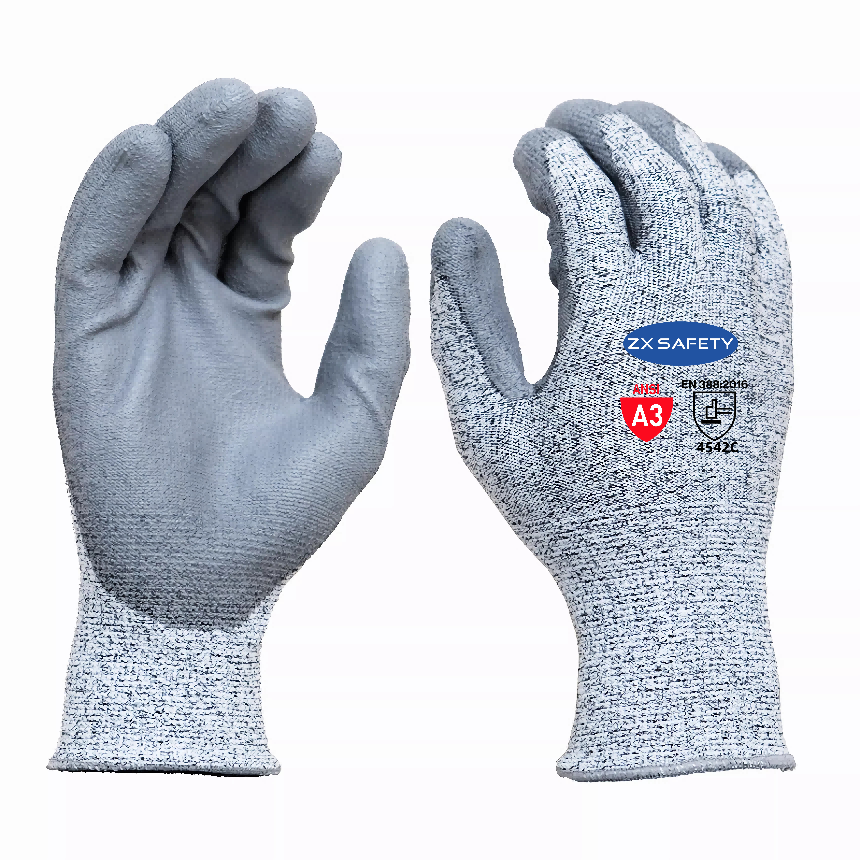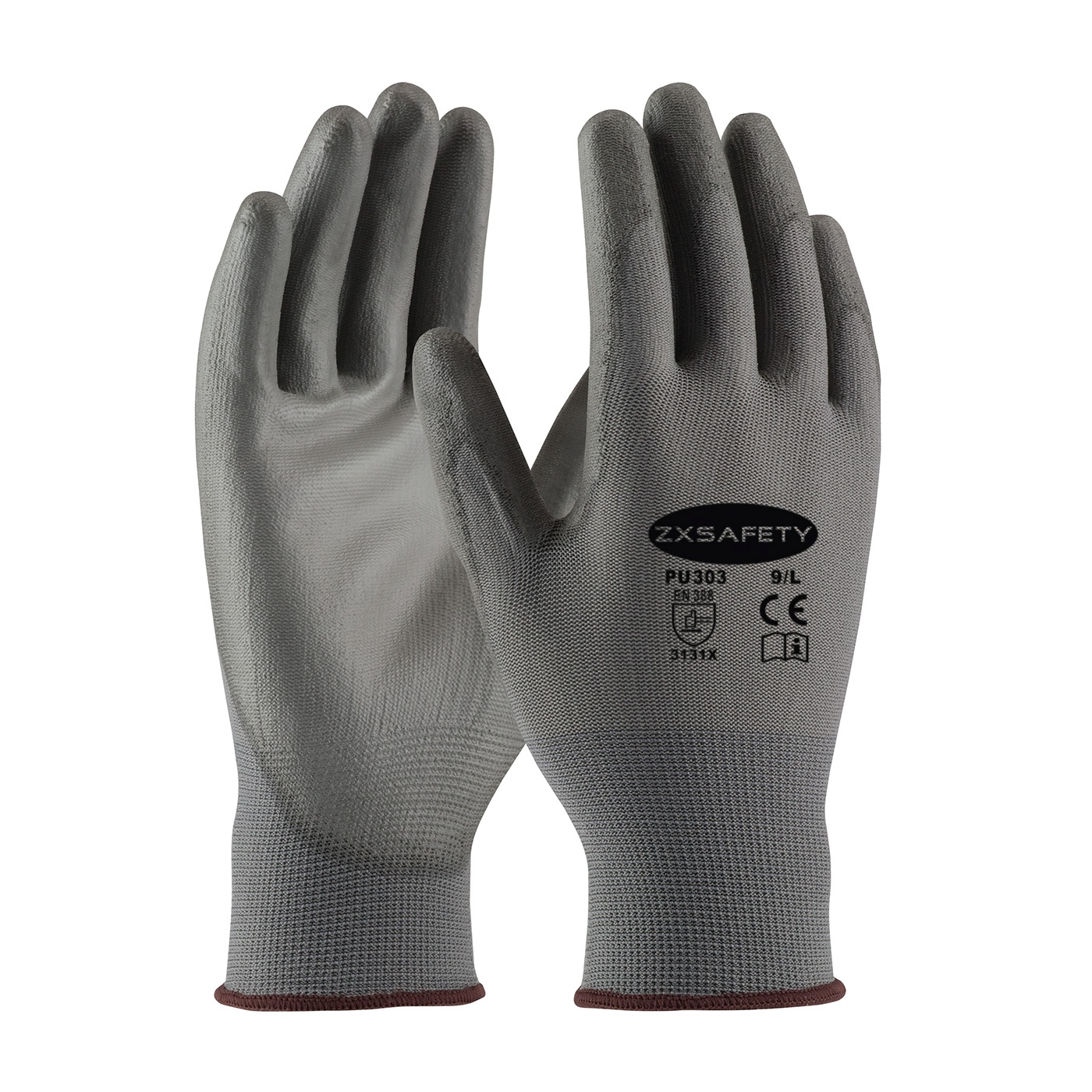EN 388:2016
EN 388 is a European standard for safety gloves, indicating the gloves’ ability to protect against mechanical risks in the workplace. The latest version is EN 388:2016+A1:2018, published in December 2018.

The standard evaluates the gloves’ resistance to abrasion, cutting, tearing, puncture, and impact.
Abrasion Resistance Gradings: Conducted on a Martindale abrasion machine, the abrasion level is determined by calculating the number of revolutions required for a hole to appear in the abraded material, with levels indicated by numbers between 1 and 4.

Cut Resistance Gradings (COUP TEST): A rotating circular blade is moved back and forth horizontally across the glove sample, and the number of rotations required for the blade to penetrate the sample is recorded. Cut resistance is graded from 1 to 5.

Tear Resistance Gradings: The glove’s palm material is torn using a tensile testing device, and the force required to tear it is measured to determine the grade of tear resistance, indicated by numbers between 1 and 4.
Puncture Resistance Test: The ability of the glove material to resist puncture is assessed and graded from levels 1 to 4.
CUT RESISTANCE, TDM TEST ISO 13997: If the blade dulls quickly in the Coup test, the TDM test shall be performed. The result is given by a letter, A to F, and F indicates the highest cut resistant level.


